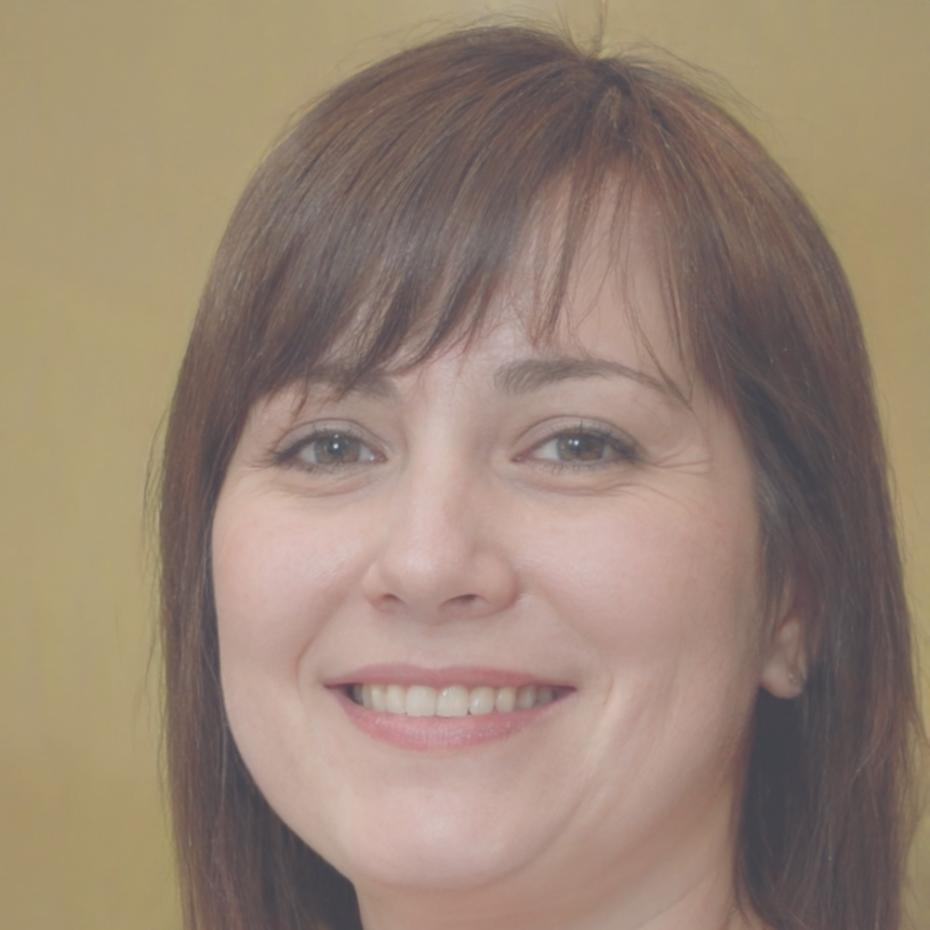
Manufacturing Recovery Strategy
A mid-sized electronics manufacturer in Rayong faced supply chain disruptions and needed to model different recovery scenarios. Our approach helped them evaluate cash flow impacts and identify the most sustainable path forward.
- Industry: Electronics Manufacturing
- Challenge: Supply chain volatility
- Timeline: 8-month implementation
- Focus: Cash flow optimization


